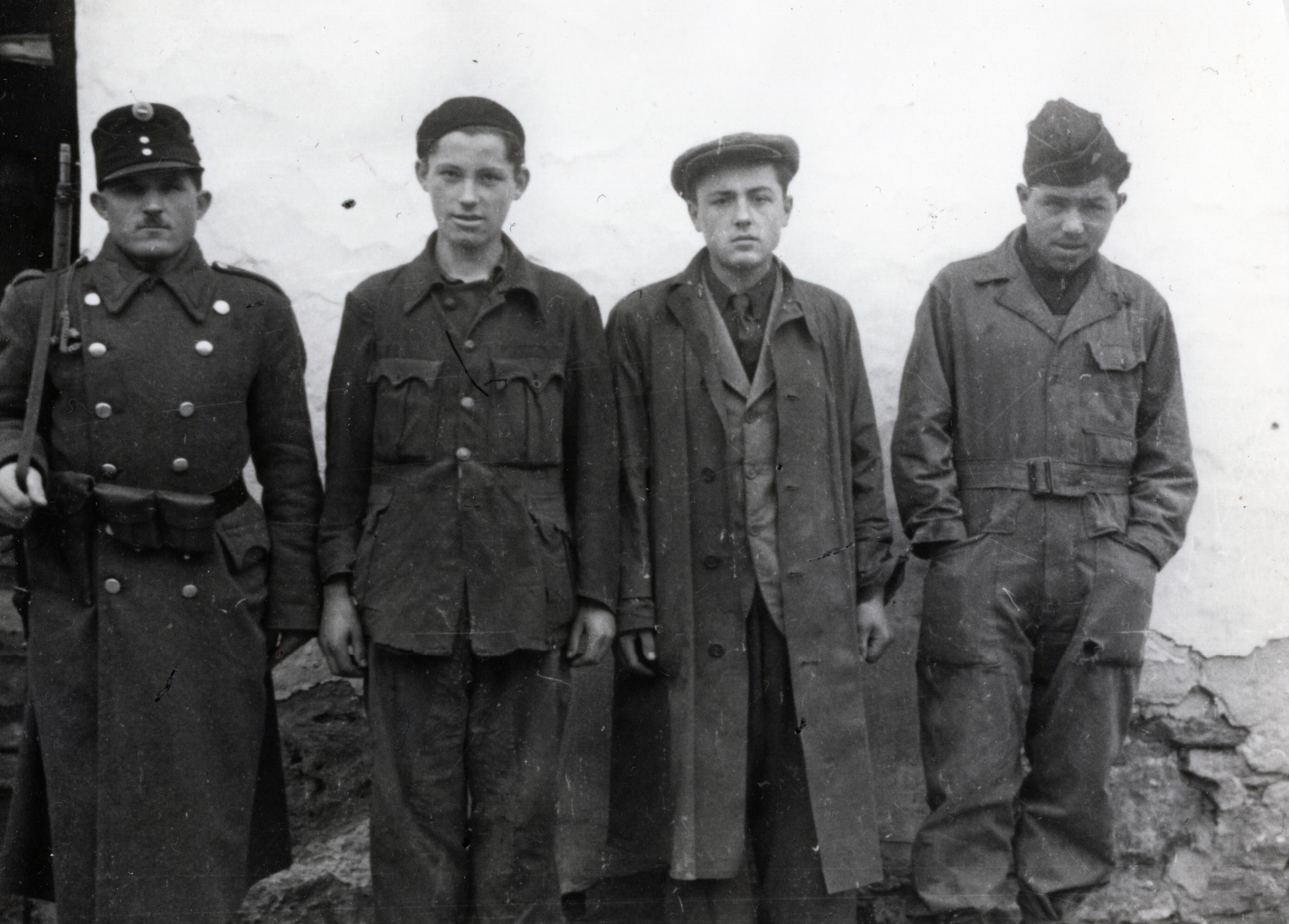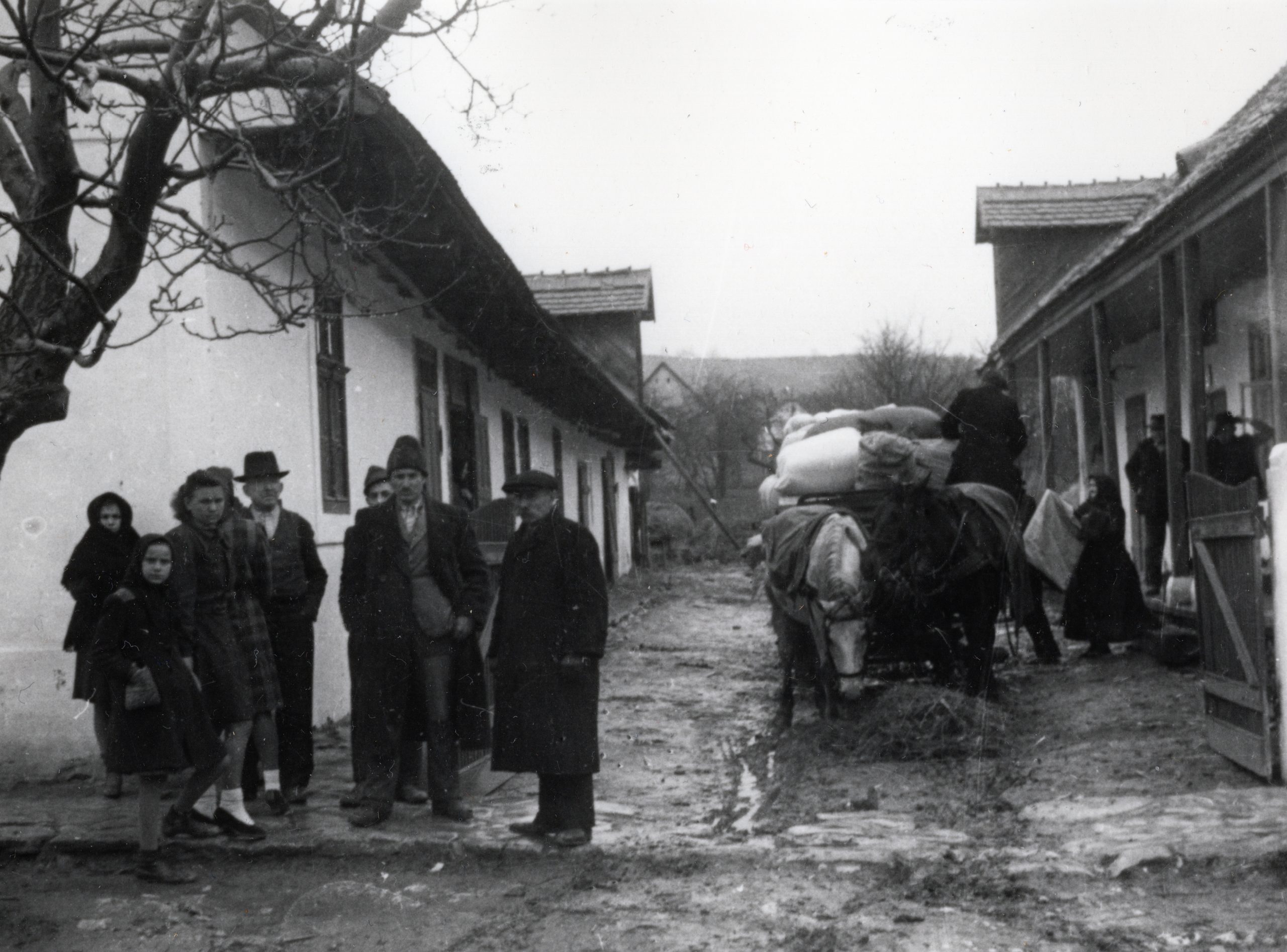
On this day, January 19, 1946, the organized expulsion from Hungary of the Hungarian Germans began, whose culture had become a part of Hungarian culture through assimilation over centuries. The German population became stigmatized victims of collective guilt after World War II by being expelled from their new homeland and forcibly deported to the West. In 2012, the Hungarian Parliament decided that every year on this day the tragic events after the Second World War should be commemorated.
This article was originally published on our sister-site, Ungarn Heute.
Although today serves to commemorate the sad events, let us look back further and see where the history of the Hungarian Germans began.
The beginning of a blossoming relationship…
After the end of the Ottoman occupation and the recapturing of Buda Castle (1686), the Hungarian lands were in a very bad, broken condition. On their retreat, the Turks took many people with them and burned the land. This was the so-called scorched earth policy. After these events, the population in the country dropped to half. In this plundered situation, Hungary was forced to and depended on bringing settlers from outside the country. The big question was, from where?
Related article
Deportation of Swabians Caused 'Irreparable Loss' - 75th Anniversary of Ethnic Germans' Deportation Commemorated
On this day 75 years ago, Hungary began the deportation of its ethnic German residents. The anniversary of the expulsion was marked by the national self-government of Germans in an online event, with politicians also commemorating this sad episode in history. The deportations Allied with Germany up until the last day of the war, Hungary […]Continue reading
At first, it is not very clear why exactly German hermits came to Hungary, but if we think further, this fact is clear. One of the reasons was that during the War of Succession, French soldiers invaded Hesse and the Rhineland, among other places, and devastated everything. Another reason was the increasing sea trade, with which the landowners in the interior could only keep up by raising taxes. This was the so-called tax press. Last but not least, we must not forget that due to the marriage of the Hungarian King Stephen with Gisella (of Bavaria) at the time of the foundation of the state, the country was opened to the Germans. At that time, many German monks came to Hungary, thereby creating the cultural conditions for future immigration.
Fact
Hungarian Germans are the second largest ethnic group in present-day Hungary. Their number is about 200,000-220,000, which is 2.5% of the total population of the country. The name “Swabians” is known not only in Hungary but in the neighboring countries, although it is not quite correct, because Swabian Germans live almost exclusively in Szatmár County. The first hermits were probably Swabians but there are several ethnic groups, such as the Ponzichter, Stiffoller, the Zipser, etc, living in different regions of the country.
It was not until after the fall of communism in 1993, that a law on the rights of national and ethnic minorities was passed, which provided the establishment of minority self-governments in Hungary. After the elections of the minority self-governments in December 1994, the electoral assembly of the German minority elected the provincial self-government of the Hungarian Germans on March 11, 1995. By November 1995, 164 German minority self-governments had been established, whose umbrella organization is the Self-Government of Germans in Hungary (LdU) on the basis of the 1993 Minorities Act, or the Nationalities Act that replaced it in 2011. In the 2018 parliamentary elections in Hungary, the LdU list received enough votes for a parliamentary mandate, and Emmerich Ritter entered the new parliament as a representative of Hungarian Germans.
The settlement took place in three phases. Important roles were played by King Charles III in the first phase, Maria Theresa in the second, and her son King Joseph II (Emperor of the Holy Roman Empire) in the third.
At the beginning of the 20th century…
At the beginning of the 20th century, the demographic figures improved significantly, clearly due to the assimilation of the German inhabitants. The German People’s Party of Hungary was founded in 1906. And in 1911, the German-Hungarian Cultural Council was founded in Vienna, which awarded scholarships to young German-Hungarians through the All-German Association. In the 1920s, there were 500,000 Germans in Hungary. In 1924, the Popular Education Association of Hungarian Germans (Volksbildungsverein der Ungarndeutschen) was founded.
The escalation of conflict…
Until 1938, the cooperation between the Hungarians and the Association was practically without conflict. In 1938, increasing Nazi influence reached the Hungarian Germans and the movement of Ferenc Basch and his efforts of ethnic autonomy came to the fore. Basch demanded control over German education and schools in Hungary. In April 1938, the People’s Federation (Volksbund) was founded, replacing the Volksbildungsverein for the education of Hungarian Germans.
Fact
The Volksbund represented the interests of Nazi Germany in Hungary and played an important role in the recruitment of the Waffen-SS in the country, which later led to the collective stigmatization of the German minority and eventually to the expulsions.
The Waffen-SS (Armed SS) was the combat branch of the National Socialist German Workers’ Party’s Military and Defence Organisation (SS).
After the loss of the Second World War, Hungarian Germans found themselves in a completely vulnerable position. Of course, it was not only a matter of stigmatization. The land reform proclaimed in March 1945 was carried out in part by confiscating land, real estate, and movable property of the Hungarian Germans in the country in order to give land to the poor peasant-agrarian-proletarian class and resettle them. In return, however, the Hungarian Germans had to be expelled.
Fact
There was a 9-year-old orphan who had lost his parents and siblings as a result of the miserable health conditions of the war and whose remaining relatives were forcibly deported because they identified themselves as Germans, while the orphan – although he did not speak Hungarian – identified himself as Hungarian. Thus, his cousins, uncle, and relatives were expelled, while the child had to stay with his sick grandmother in Hungary.
We want to build a popular and democratic country, […] purged of the German traitors, who belittled everything Hungarian, haughtily put themselves at the service of Hitler’s thieves and betrayed the Hungary that had given them a homeland when they arrived in the rich Hungarian land with a walking stick in their hand and a club on their back.”
(Speech of Miklós Béla Dálnoki to the Provisional National Assembly, December 21, 1944. Source: library.hungaricana.hu)
The most radical ideas were represented by the National Peasants’ Party and the Hungarian Communist Party. The Communists were in favor of the persecution and deportation of the entire German population in Hungary.
The Swabians came here with a bundle, they should leave with a bundle as well!”
wrote Imre Kovács, a politician of the Communist Party in his infamous article published in Szabad Szó (“Free Word”) magazine.
On December 22, the Council of Ministers adopted Government Decree No. 12. 330/1945 M. E. on the expulsion of Hungarian Germans to Germany. According to this decree, all immovable and movable property of German persons was confiscated without compensation.
The expulsion included…
- One who had to leave the country who declared himself to be a German in the 1941 census
- Who re-Germanized the name that had previously become Hungarian
- Was a member of the Volksbund or the Waffen-SS.
The first phase of the expulsion affected the ethnic German inhabitants of the villages around Budapest, followed by the Danube-Tisza region and other regions. Each village was evacuated within a few days. The expulsion of the Germans was lifted by a government decree of October 11, 1949, which granted citizenship to German residents and lifted restrictions on residence and employment.
Sources: ogyk.hu, library.hungaricana.hu, Wikipedia
Featured photo by Sándor Bauer/Fortepan

